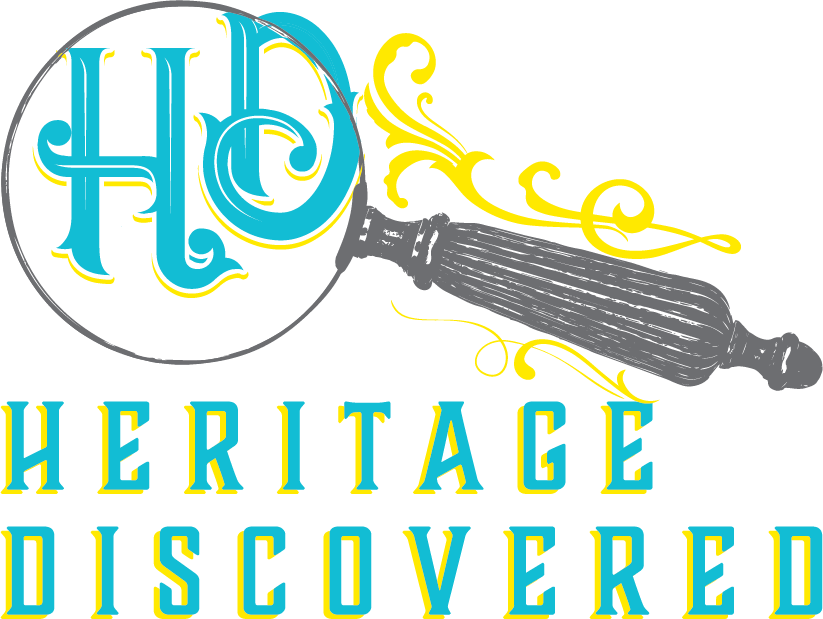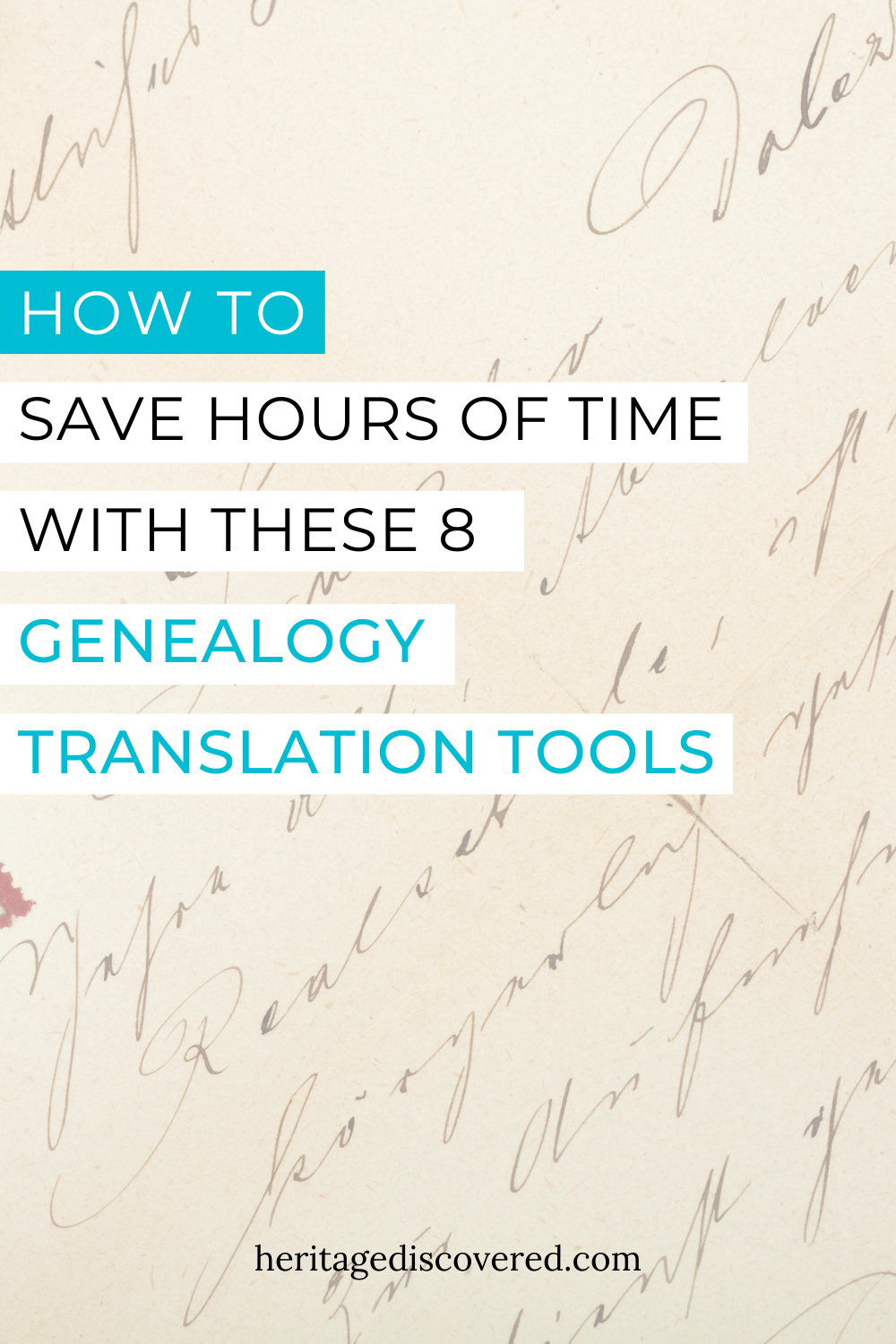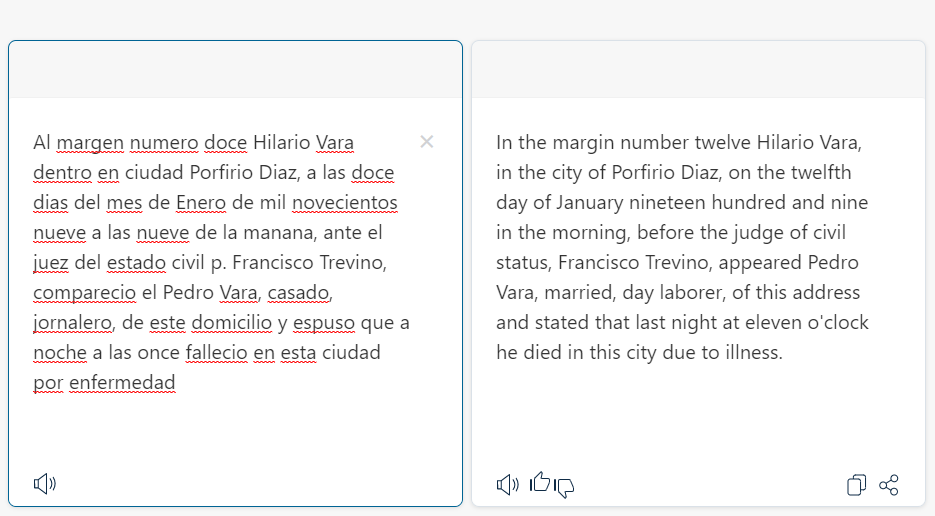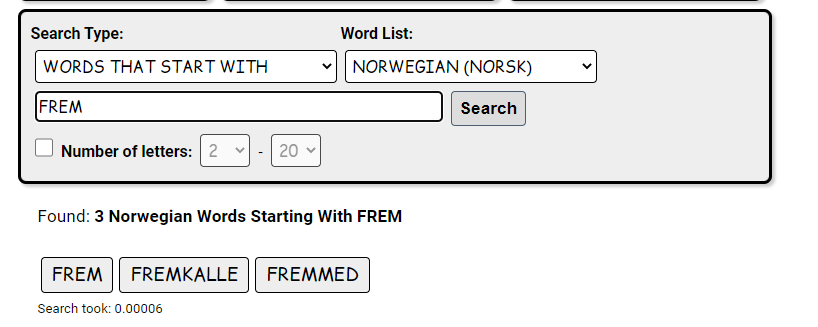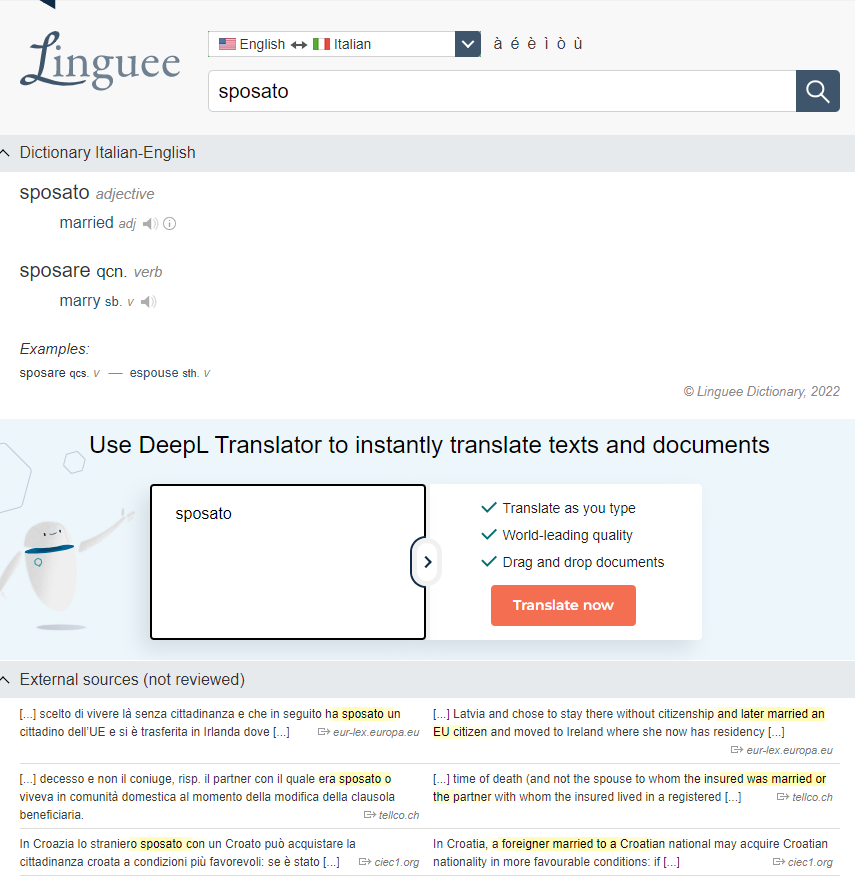How To Save Hours Of Time With These 8 Translation Tools For Genealogy
This post may have affiliate links, which means I may receive commissions if you choose to purchase through links I provide (at no extra cost to you). All opinions remain my own.
Okay, you’ve done the big stuff.
You identified your immigrant ancestors. You found their hometown.
You were able to find at least one document about them in their native country.
But now you have to figure out how to read those documents!
It’s so exciting to start tracing your ancestors in their homeland, but with that comes the challenge of reading not only old handwriting but old handwriting in another language. It can add up to hours of work transcribing and translating the genealogy records you discover.
Fear not, because I’m going to share translation tools for genealogy research that will make reading those old records much easier and faster!
Related posts:
11 of the Best Websites for Free Ship Passenger Lists
Why Should You Use Ethnic Newspapers For Genealogy Research?
How to Find Italian Vital Records on FamilySearch
Where To Find Records For Emigrants To The United States
8 translation tools for genealogy
1) Deepl. This is one of my favorites. You can copy and paste blocks of text or upload a file for conversion into 26 languages. Currently, most of the languages are European, but Chinese and Japanese are also available.
Deepl is great at handling old-fashioned words that may not be in use anymore that other online tools may not be able to understand. It’s not perfect, but it’s still pretty darn amazing.
2) Wordmine. Sometimes you can’t make out an entire word because the handwriting isn’t legible or you’re not familiar enough with the language. In those cases, Wordmine will help you to fill in the blanks!
You can enter in words that start or end with the letters you can read, and it’ll give you suggestions for what the word could be. Based on the context of the rest of the document, it should be easy to pick the correct word you’re looking for.
You can even put in a guesstimate of the number of letters the word could be to narrow down the options.
3) WordReference. This is an online dictionary that gives you definitions as well as examples of how to use that word in a sentence.
Right now, the dictionary is available in 19 different languages, including Greek, Arabic, Swedish, and Italian.
4) FamilySearch Wiki genealogical word lists.
If you haven’t heard already, the FamilySearch Wiki has a ton of informational articles for your genealogy research. Some of those are genealogical word lists.
The wiki has many language guides, from Afrikaans to Japanese to Norwegian to Fijian, although some are more thorough than others.
5) Microsoft Word and Google Docs. One trick is to change your Word or Docs setting to the language you’re working with when transcribing a record. While this won’t convert text for you, Word/Docs will highlight any misspelled words and give you ideas for the correct ones.
To do this, in Google Docs go to File > Language and then pick the language you want. In Word, go to File > Options > Language. Then click on Add a language and choose the one you need.
6) Linguee. This is another good option for converting words or phrases. There are sample sentences showing how to use the word, as well as definitions. You can also play a sound clip to hear how the pronunciation of the word.
Another interesting feature is it shows you translations of similar text found online so you can see if others have tried to translate the same words before.
It can be hit and miss, though. For example, while it says Swedish is one of the languages options, I wasn’t able to find any of the 10 words I tried.
7) Google Translate. Google Translate is a useful tool but . . . don’t start with it. It’s not as reliable for reading older words that may not be in use anymore, which we may come across in the records we use in our research.
While it does have the ability to convert sections you copy and paste into it, this tool is better for words and phrases than large chunks of text. Like Deepl, you can also upload documents into it. But again, it may be best to try Deepl first.
If you use the Chrome browser, you can automatically switch pages in other languages into English.
While it can be wonky, Google Translate is a good resource for getting the general gist of what a document says.
8) Genealogical Translations Facebook group. If you’re stuck, crowdsource your question! This very active group lets you upload documents and request support with translating.
Related posts:
How To Add More Details To Your Family Tree With Passport Applications
11 Smart Strategies For Searching For Ancestors Who Changed Their Name
What To Know About Alien Registration Files And Where To Find Them
What is a nom dit and why did my French-Canadian ancestor have one?
What Are Naturalization Records And How Can They Support Your Research?
Tips on translating genealogy records
Now that you’ve learned some translation resources for your family history research, here are a few more tips to smooth the process as much as possible.
1) If you’re having trouble telling what a letter is, compare that letter to other words in the document that you can read.
In this marriage register, it looks as though the groom’s hometown may be “Sunde” (and even that is hard to read). But if you look at the name to the right and slightly above, you’ll see the last name “Stranvold”. The S doesn’t look anything like the first letter of the word that may be “Sunde”.
But right below that is a man named Ole Langseth, telling us that the hometown could be “Lunde”. The clergyman who wrote this had Ls that looked very close to Ss, but by comparing them we can sort it out.
2) Create a bank of commonly used words. The genealogical word lists I mentioned earlier are great, but they also have a lot of terms you won’t ever use, like different occupations. Using the word lists and your own research, create a bank of the terms you encounter over and over again as a quick reference guide. That way you don’t have to keep accessing the wiki word lists as often, and you can add in terms that aren’t in them.
For example, in the Mexican genealogy research I’ve done, many records use vecino [neighbor] or ciudadano [citizen], but the context basically means a resident of that place. Noting things like this helps me remember the correct context and use of the words as I come across other records.
3) Learn the boilerplate text for the type of document you’re translating. Creating a boilerplate template keeps you from having to retype the same text over and over. It also enables you understand the person’s handwriting so you can more easily read the document.
For example, in Quebec Catholic records, a burial record often reads like [not including the accent marks]: Le [day] [Month] [year, written out] par nous pretre soussigne a ete inhume dans le cimetiere de ce lieu [name] [occupation] [spouse/widow of] [spouse name] decede en cette paroisse depuis [number of days ago they died] age [number of years old] ont ete presence [witness names] qui n’ont signer.
Knowing the boilerplate lets me read the (sometimes awful) handwriting, as well as jump right to the key information. (Although I do transcribe the entire document in the end).
4) Create a cheat sheet and make a template for registers so you know the order of the information in the columns.
5) If you can’t figure out a word, put a [?] in and keep moving along. When you’ve finished the document, go back, and try again to read any words you skipped over. You may be more familiar with the writer’s handwriting at that point, and it might be easier to understand. This tip works for all the times you’re transcribing and can’t read what someone wrote, no matter the language.
Related posts:
4 Great Genealogy Resources For US Canada Border Crossing Records
What you need to know about Mexican civil registration records
9 French Canadian Genealogy Books to Energize Your Research
14 Useful Free Resources for Hispanic Genealogy
Final thoughts
It’s a major achievement to finally research in your ancestor’s country of birth. But then comes the challenge of reading documents in another language, especially ones that may have words no longer used today. These genealogy translation tools and tips will get you started on your way!
Do you have any other tips or tools for translating genealogy records? Please share in the comments!
If this post was helpful, please consider “buying me a coffee”. Tips through Ko-Fi help me create more content like this for you! Thank you for supporting my small business!
